The yarn you choose to learn with can make or break your early experiences so it is important to choose something suitable. Paramount is having a yarn in which you can clearly see each stitch and that moves easily and freely as you work. Here are the things to consider when choosing a yarn for your early projects and, indeed, projects where you are learning a new skill:
Texture
The texture of the yarn is really important as it will affect not only the clarity with which you can see the stitches but how the yarn moves over the hook or needle and against itself. You are looking for a yarn that is smooth and is not fluffy, that is the fibres should all lay flat. Try taking the end of the yarn and tying a slip knot, does the knot move freely and can you see every detail of the knot. This will give you an idea if it is the right texture.
Colour
Colour can really affect how visible the stitches are. Choose a solid colour rather than a variegated one (one with lots of colours in the same ball.) The yarn should not be too dark or too light; black or white are not great choices, neither are neons. Look at how clear the different strands are in the ball for some idea of how easy it will be to work with.
Bounce
You want a yarn that has enough twist in it to be really easy to work with and to clearly see the stitches. You should be able to press the yarn between your fingers and it give a little bit, if you pull a length of the yarn it should stretch a little bit.
Splitting
Yarns that split are bad enough at the best of times but really make learning a new skill harder. To find out how much a yarn will split in use then take a short section of it between both thumb and forefinger and roll in opposite directions as if to untwist the yarn. The further you have to roll it before you can see the individual strands the less it will split in use.
Yarns to avoid as a learner
-
Anything in pure cotton. They have no bounce, they split like nobody’s business and they don’t flow easily against themselves.
-
Most pure acrylics. They are quite sticky in nature and don’t glide freely against each other, they are also a little bit fluffy making stitches harder to see.
-
Anything free on the front of a magazine. Yes even if it was on a magazine promising to teach you to knit/crochet! I can’t tell you the number of times we see these yarns at classes and it almost always makes it harder to learn than necessary. Yarns given away with magazines are nearly always really cheap acrylic, see above.
This tutorial is taken from our beginners course book


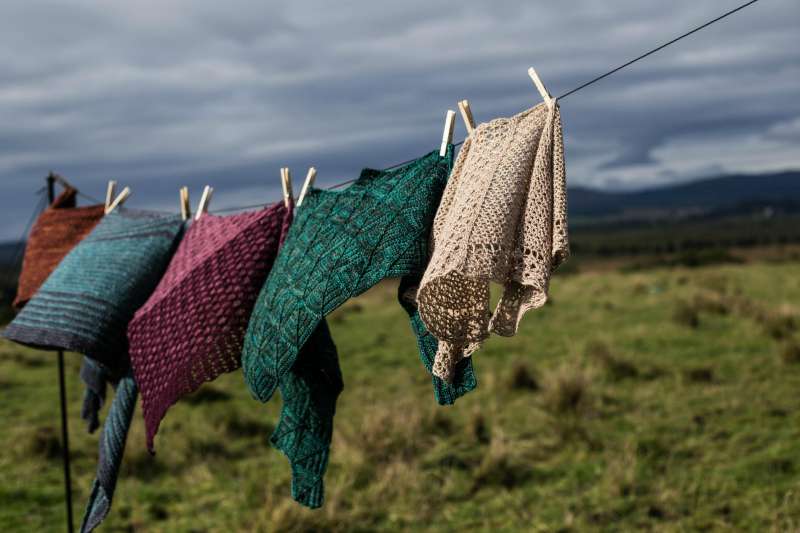
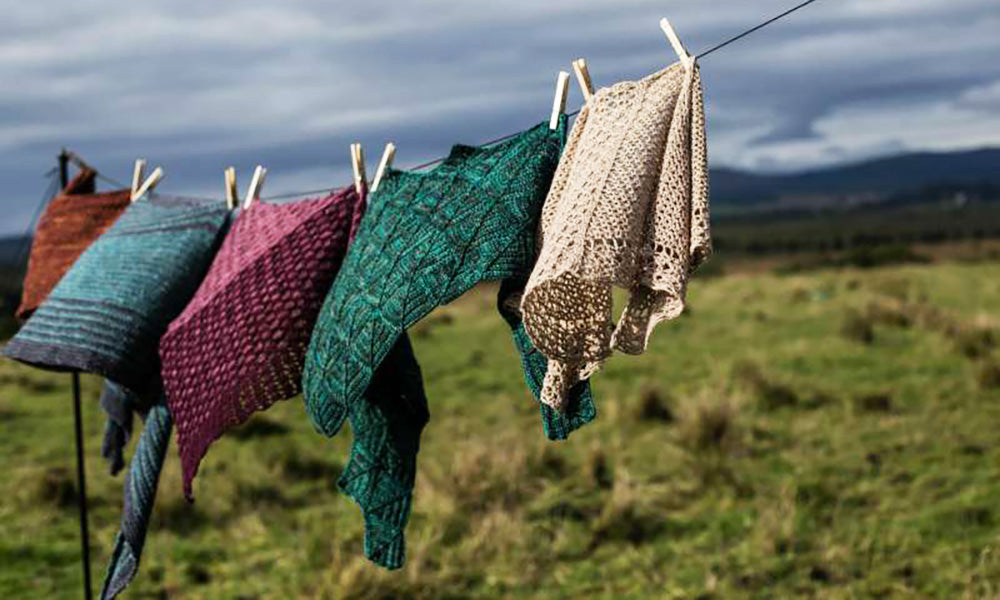
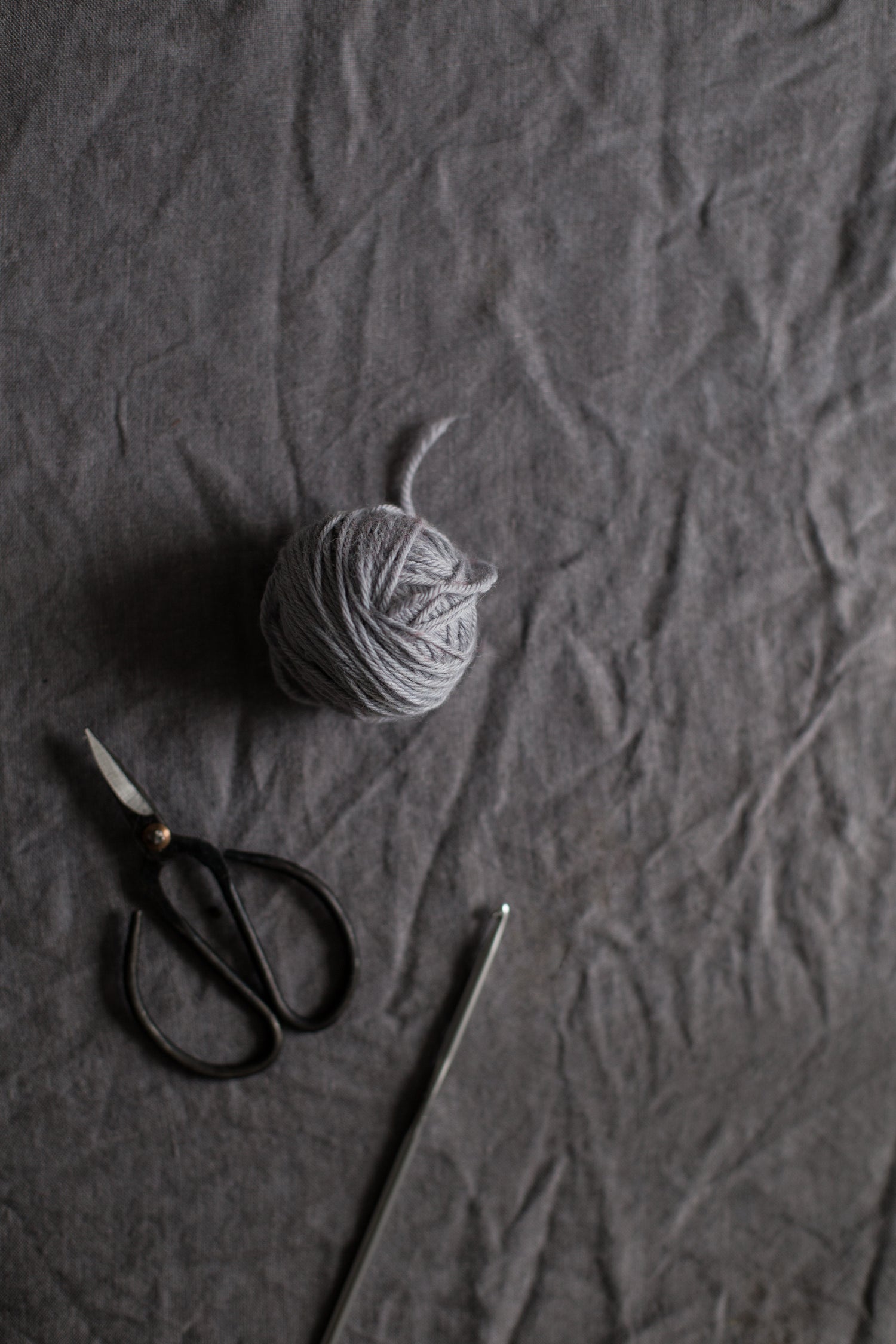
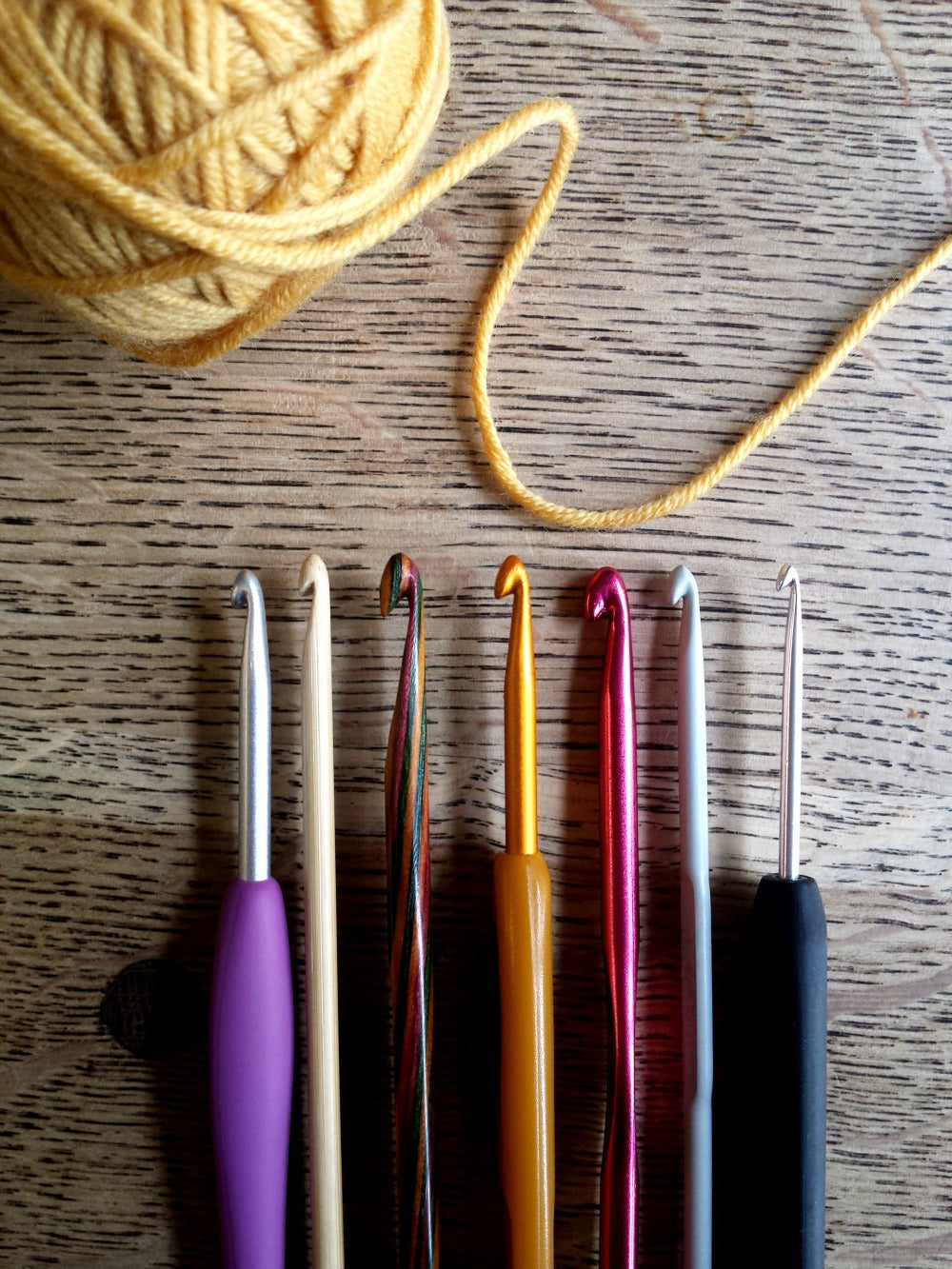
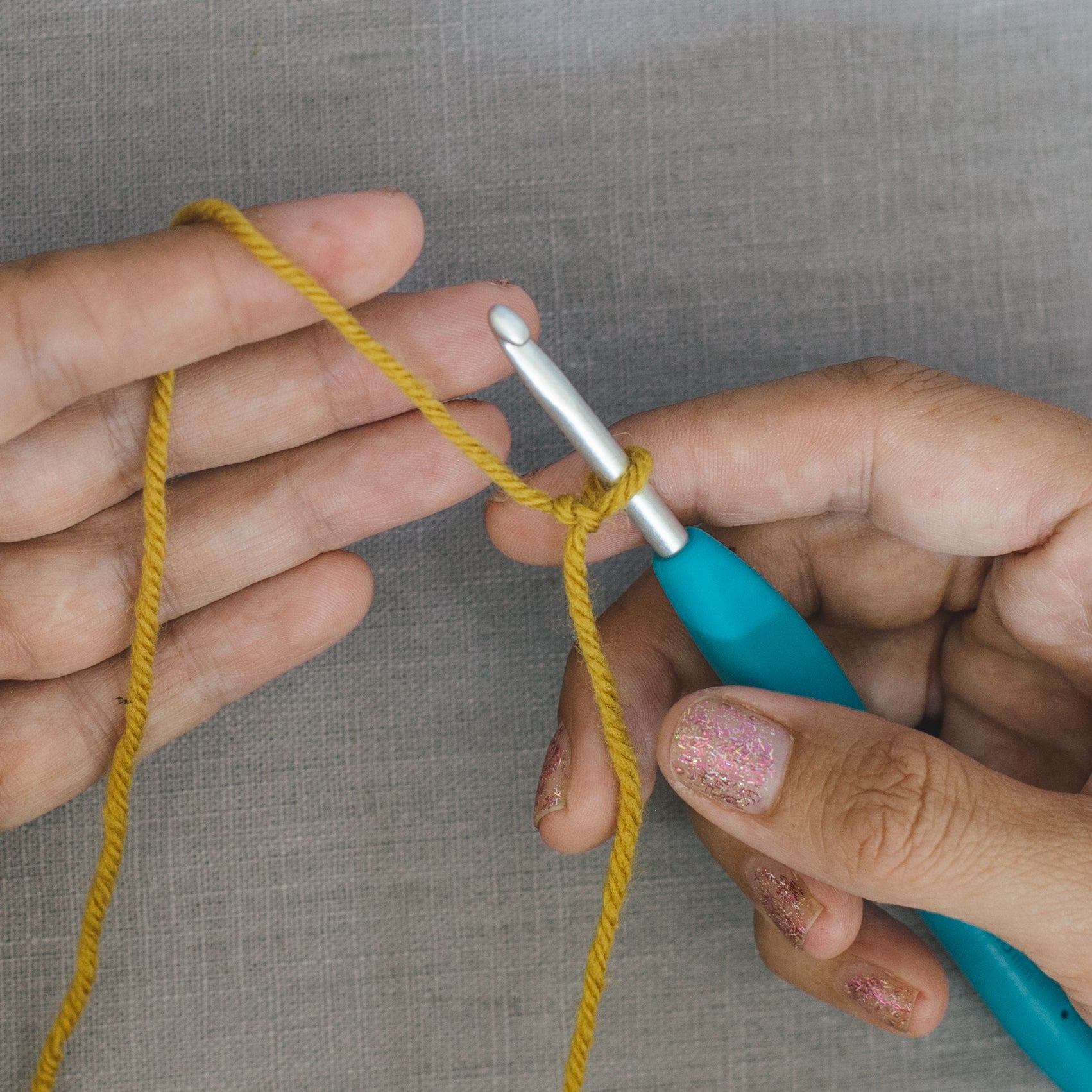
Leave a comment
All comments are moderated before being published.
This site is protected by hCaptcha and the hCaptcha Privacy Policy and Terms of Service apply.